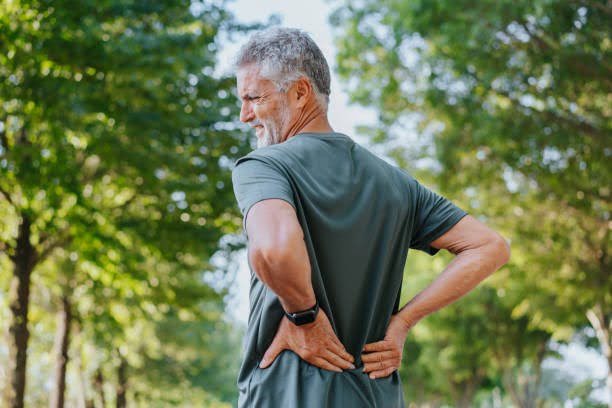Osteopathy is a comprehensive kind of medicine which emphasises treating the whole person to enhance their overall well-being and health. Getting an osteopathy treatment through Osteopath Ashford Kent could prove very beneficial for you. Back pain is one musculoskeletal condition that frequently responds to osteopathic therapy. This article will go over ten typical osteopathic treatments for back pain.
1. Initial Consultation and Evaluation:
Extensive consultation and evaluation with the osteopath is the first stage in an osteopathic treatment for back pain. The osteopath is going to ask about your health history, way of living, and any particular issues you may have regarding your back pain at this stage. To evaluate your posture, range of motion, & spot any tension or dysfunction in your spine and its surrounding muscles, doctors will conduct a complete physical examination.
2. Soft Tissue Manipulation:
One important aspect of osteopathic treatment for back pain is soft tissue manipulation. To relieve stress in the muscles & connective tissues surrounding the spine, the osteopath is going to employ their hands to gently push and stretch the area. It can facilitate calmness, increase blood flow, and lessen muscle spasms.
3. Joint Mobilisation:
To maximize flexibility and movement, there is the manipulation of the spine joints through their usual ranges of motion in a gentle manner. Osteopaths emphasize specific regions of the spine, which may be tight and restricted or shortened in movement, with controlled precise movements.
4. Spinal Manipulation:
Also referred to as spinal modifications, spinal manipulation is a procedure employed to put the vertebrae of the spine back in their proper position and function. To correct imbalances and release pressure on neighbouring nerves, the osteopath may swiftly and precisely administer force to a particular joint that might relieve back pain.
5. Muscle Energy methods:
Muscle energy methods (METs) stretch and strengthen the muscles that live around the spine by being gentle but effective. Under this technique the patient self-activates and deactivates a given muscle under resistance by an osteopathic practitioner. METs serve to increase muscular balance, stability, and mobility that may assist with relieving back pain and ward off further problems.
6. Myofascial Release:
The manual technique of releasing muscle, bone and organ tension by means of a connective tissue covering known as the fascia is called myofascial release. Concentrating on areas of fascial restriction may assist the osteopathic practitioner in lessening constant back pain and improving overall flexibility and range of movement.
7. Counterstrain Technique:
To ease discomfort and lessen muscle tension, the body is gently positioned in a counterstrain position. The osteopath will identify sore spots connected to the backache and move the body to relieve pressure there, enabling the muscles to unwind.
8. Postural Assessment and Correction:
Poor posture often leads to back discomfort, which is to be evaluated and corrected. During your osteopathic appointments, the osteopath will examine out your posture and see whether there are any postural defects that are the cause of your back pain. Then, they will offer solutions on how best you can adjust your posture by engaging in several exercises as well as adjusting your diet.
9. Lifestyle and Ergonomic Advice:
Osteopaths offer valuable advice on how to change ones lifestyle and improve the ergonomics of their lifestyle as a cure or at least a prevention against back pain. In order to achieve a better back, recommendations can be given as to the proper lifting technique, sitting position, exercise habits and other modifications to the usual daily activities.
10. Exercises at Home and Self-Care Methods:
The osteopath may suggest specific movements and some self-help approaches that you may perform at home to support your back health in addition to osteopathic visits in the office. Such exercises would be focused on building both body flexibility and proper body mechanics, as well as core muscle strength.
Final Words
To sum up, osteopathy is a holistic and a distinct way of managing the back pain. The aim of osteopathic session is to relieve back pain and to restore the musculoskeletal system into its normal state by soft tissue manipulation, joint mobilisation, the manipulation of the spine, muscular energy technique and myofascial release. In addition, the analysis of posture, lifestyle advice, and exercises at home can be used to manage back pain in the long term and prevent it. In case you experience back pain a qualified and practising osteopath can help you to discover the actual cause of your back pain and develop a personalised treatment plan to improve your back health and your all-round well-being.
